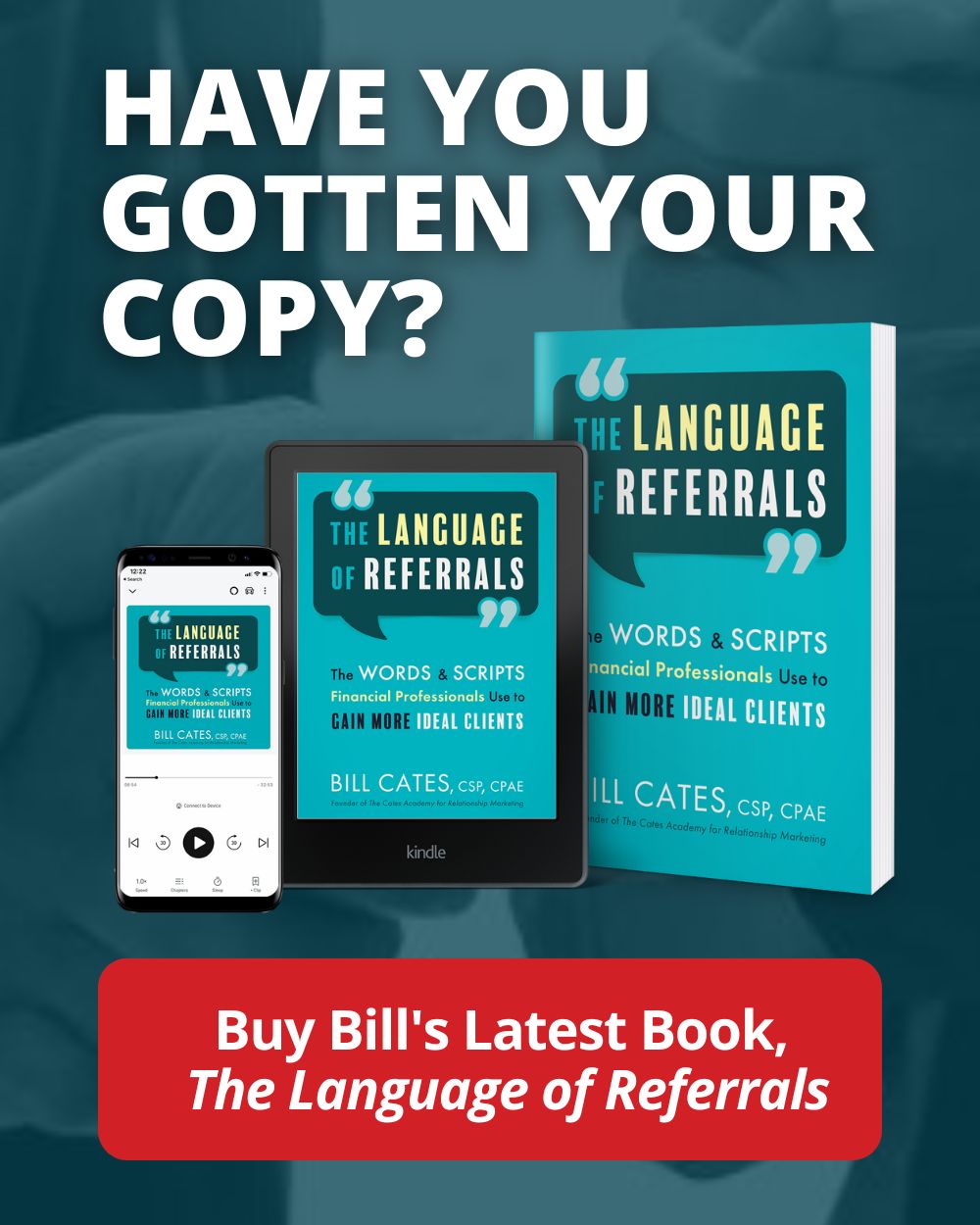Check Out Bill Cates’ NEW Top Advisor Podcast™
Interviews with Top Advisors for Top Advisors!
Top Advisor Podcast™
Ep. #2- The Benefits of Narrow Target Markets for Financial Advisors with Adam Cmejla, CFP®
You’ve undoubtedly heard about the benefits of highly-focused target markets for financial advisors. But perhaps you have reservations and worry that if you go too narrow, you’ll be missing out on valuable opportunities.
If you’ve been considering a specific target market, then perhaps this interview will tip the scales in that direction for you.
In this episode, Referral Coach Bill Cates is joined by Adam Cmejla CFP®, president of Integrated Planning & Wealth Management. Adam discusses his decision to focus on a very specific target market, which has brought him to an extraordinarily high level of success.
Want More Top Advisor Podcast Episodes? CLICK HERE!
–
Adam discusses:
- How he started by targeting “white coat professionals,” but eventually narrowed his focus.
- Why he believes strongly in the value of hyper-specific target markets for financial advisors.
- The two bullseyes Adam shoots for that has enhanced his reputation and increased his revenue.
- Why he launched his podcast, 20/20 Money, and how that has worked as a magnet to attract more ideal clients.
Resources:
Connect With Bill Cates:
-
Show Transcript
BILL CATES: Welcome to the Top Advisor Podcast brought to you by ProudMouth’s Influence Accelerator Academy. I’m your host Bill Cates. In each episode, I interview one of the financial service industries top performers to learn their secrets to sustain success. These short interviews will get right to the heart of what each top advisor is doing to acquire more right fit clients.
You’ll be reminded, renewed, and inspired to take powerful action. You’ll impact more lives and increase your income at the same time. Now onto the show.
How many times have you been told that targeting a narrow market could be a boon to your business? Now, if you’ve been considering a target market, then perhaps this interview will tip the scales for you in that direction. If you’ve already discovered the value of a target market, I hope the show provides ideas that you can use to further your success.
With me today is Adam Cmejla. Adam has been a financial advisor for 13 years. In this episode of Top Advisor Podcast, Adam and I will be discussing how his decision to focus on the target market of optometrist has brought him to an extraordinary high level of success. Adam Cmejla welcome to Top Advisor podcast.
ADAM: Thank you very much, Bill. Happy to be here.
BILL: Yeah, you bet. I’ve been looking forward to this for a while because you and I spoke, over a year ago, I think just as COVID was happening. And I was fascinated by your story. I’ve shared it in my blog a little bit already. I probably owe you a royalty from the platform from time to time.
But before we get into the topic of hand, just give us a quick overview of your business. So everyone listening could get a context of what you’re doing.
ADAM: So, I’m a third generation business owner. I’ve been doing this now, like you said, for 13 years. We’re an RA located in Carmel, Indiana, north suburb of Indianapolis.
We have a team of two, so I’m the advisor. I have a full-time office manager and we’re actually at the time of this recording at the late stages of interviewing to bring on another full-time or basically our first full-time lead/ service advisor candidate. Someone to handle the flow of existing and new clients that we’re bringing into the firm.
BILL: Yeah, that’s great. And I know you’ve created a reputation for yourself in your industry, and we’ll talk about that as we go. So, you made a decision three, four years ago, can you elaborate on the target market? I know you started with what you told me, you call it white coat professionals. So maybe we can start there.
Why did you start to target? Why start with the quote unquote white coat professionals? And then what made you move to Optometry?
ADAM: Well, first of all, you’re right in the sense that eight years or so before that, my first eight years in the business, I was a master of the ones, right?
Just as a lot of advisors, you have a client in this profession, a client in this profession, your first year, you know, the last client that you brought on was 56 and almost retired. The next one is 33 kids and the whole nine yards, right? It was just a disfunctionally functional practice. So I knew I had to do something.
But the scarcity factor was still at a relatively high measure if you will. And so I thought, well, I can’t get so targeted that I alienated 99% of the individuals. So why don’t we find this happy medium here and do white coats. So it was initially optometrists, dentists, pharmacists, and physicians.
And those of you, if you had ODM, DDS or PharmD after your name, you were going to be an ideal client for us. Which in theory worked really well because from a planning standpoint they are all similar. But what I found, what I realized in that while the service side of that was somewhat scalable once they became a client, the prospecting side of it was really, really difficult because at this time I was still only one advisor. And as soon as I got asked to present at a dentistry meeting, then I lose focus and initiative and momentum in the optometry space. And if I wrote an optometry article, then it was hard to repurpose that in the pharmacy space because the pharmacist that I was working with were with CVS. And there wasn’t a lot of cross-pollination that it would exist between the content that I was creating. So I never really got a lot of momentum behind those four markets.
So I was making progress, but treading water if you will. Not really serving to use a water metaphor there.
BILL: So, it was almost like starting four different businesses in a sense, right? Cause you had four different niches within which you were trying to create a reputation and it’s hard to sustain that.
ADAM: It is. And in hindsight, what I really like, is this is probably the biggest thing that I can do. Every opportunity, every platform like yours, that I have the privilege to come on and share my story with what I would just get on a mountain top with a bull horn and share with every advisor listening, is the biggest point of clarity that has happened when I’ve observed that there’s a paradoxical effect that happens in the narrower that you take your ideal avatar, the more and the bigger the opportunities start to show up. It doesn’t happen in 30 days. It doesn’t happen in two weeks. It might not even happen in six months, but when you get very clear, convicted and confident in who you do your best work with create that avatar, qualitatively and quantitatively, and then focus 100% of your messaging to that audience.
You can’t help but attract those people to you. And then the biggest challenge is the stress of success. Right? And keeping up with the flow, which is again, high quality and good problems to have.
BILL: It’s a good stress and it can be stressful. I mean, it’s like, you’re almost quoting from my book, Radical Relevance.
Although I know you would’ve decided this long before I wrote the book, it’s just you’re right. It is an adverse effect. The more narrow your focus, the better your results, because your messaging becomes more precise doesn’t it.
ADAM: Yeah, you’re shooting with a rifle instead of a shotgun, right.
BILL: You’re saying the right thing. So, all right. So white coat professionals, optometrists pharmacists, dentists, doctors, physicians, and then you decided you needed to focus. Now there was something that kind of tipped the scales towards optometrists that you should probably reveal at this point.
ADAM: So I’ll reveal it. And in the same breath, I will say that it’s not as big of a deal as what I think people put it out to be. My wife is an optometrist. We’re recording this mid 2021. Candidly, I will be surprised if she’s still a practicing optometrist by the end of the year. She’s a part-time optometrist. She doesn’t own her own practice.
She works in a LASIK surgical center, she does pre and post-op refractive surgical consults and pre and post case prep. She doesn’t own her own practice. She hasn’t been in private practice in many years. You know, optometry is not a big part of her life. So yes, by definition, I mean, I have it on my website.
Yes. I’m married to optometry, which from a messaging standpoint, I get it does.
BILL: I think it’s great.
ADAM: It gives me a little bit of a differentiating factor. But the reason that I pause there is because I’ve heard advisors use that excuse. “Oh, well you target optometrists because you’re married to one must be easy.”
And I’m like, that’s just your own head trash. That’s just your own rationalization of why you can’t do this. And I will say that it does not matter to the OD’s that we work with, that my wife is an optometrist because they can do their own research, which they do by the way, before they reach out to us. They researched me, they researched the firm, they look up my wife, she knows.
We’d look at her LinkedIn profile, how many hits that she gets. So they know that we know that people are looking at her profile and it says on there what she does. So they know coming into it that we don’t own our practice. Yes. I want to give that disclaimer, that I am married to an optometrist, which does make me a little bit different, but it’s not what I hang my hat on as to why we as a firm have been successful in positioning ourselves as the firm for optometrist nationwide.
BILL: So question, obviously, I mean, and we’ll talk about this as we go, you bring more value to the optometrists because you get to know their world in a way that a generalist wouldn’t.
But my guess is you get to know their world beyond just the financial part of it. Right? Do you have to become a bit of a curator of other best practices? Do you see what other optometrists are doing to be successful to solve problems? And without revealing confidences and proprietary information, do you kind of bring that along with you?
ADAM: I’m not smart enough to have any proprietary information.
BILL: I’m talking about bare proprietary information.
ADAM: Yes. To an extent. So I kind of had this epiphany. This idea whacked me upside the head on a run a couple of weeks ago and it hit me so much that I remembered it and I wrote it down. It’s kind of been something that has helped solve my own imposter syndrome for lack of a better word, because I still have this feeling of, I’m not that big of a deal. Like I didn’t invent something here. I didn’t, like I said, in all seriousness, I don’t have any proprietary information. I’m not doing anything massively special. So the thought that I had and how it refined this down, and I think a lot of advisors should candidly listen to this and reflect on this.
So the additional knowledge that I’ve learned about my niche as an advisor, isn’t a huge amount of additional knowledge, but it’s the specific and right kind of knowledge to make a huge difference to my niche.
BILL: I like that say, say that again.
ADAM: So the additional knowledge that I’ve learned about my niche as an advisor, isn’t a huge amount of additional knowledge, but it’s the specific and right kind of knowledge to make a huge difference to my niche.
BILL: It’s the plumber that taps the pipes and charges $300. Cause he knew where to tap.
ADAM: Yep. It’s the hammer, right? The story of fixing a squeaky nail. The nail cost a dollar, my service and expertise was $99 or whatever that is, because what we do for OD’s you’re right. Anecdotally in the conversations that we have with our clients. I mean, I had just the other day a call with a perspective client. Who was wondering about their Saturdays because some OD practices are open on Saturday morning, some weren’t. And I said, well, you know, interestingly enough, I was just reviewing that with another one of our clients in Illinois. And we were looking at their revenue per Saturday, and they had some Saturdays that it was $1,500 and another Saturday morning where they did $5,000. I’m not a practice management consultant though. And I tell ODs very early. If you’re hiring me because of my expertise in optometry, you’re hiring me for the wrong reasons.
BILL: But they probably love to hear what other people are doing, you know?
I’m sure they say, Adam, what have you seen? Right?
ADAM: Correct. To me. I know that.
BILL: So let’s talk about benefits. I mean, let’s get some nitty gritty benefits of choosing this market. Oh, actually, before I go there, we’ve got to go to your bullseye cause we’ll call your target market.
Optometrists, 37,000 optometrists in this country. And I know you’re not just local and in Carmel, Indiana and Indianapolis. You’re across the country. Which I’d love you to talk about, but you have a bullseye, you have a very specific type of optometrist who you serve? Could you please talk about that and how you got there, how you got to that bullseye?
ADAM: So, the common denominator or the theme behind this, the next couple of nuggets of information are going to be, we are still building the airplane as we fly it. We’re still inventing this business model and this modality of practice and how we serve ODs as we get our experience.
So currently we serve clients in 26 states. Out of all the clients that we brought on through the pandemic, only one of them was in Indiana. Everybody else was all over the country, which maybe is a different conversation from my local presence. But we can talk about that at different time or maybe lack thereof.
I’ve kind of refined the bullseyes down into two. The first one is, we work with optometrists that are within five years of selling their practice to a private equity firm. And then the second are optometrists that have owned their practice for at least five years and are doing at least 1.5 million in top line revenue.
Those are the two sweet spots that we’ve identified where we can do some really, really good work on the planning side of things and provide a lot of massive value to the clients at each of their respective stages of their personal and professional life.
BILL: And, how did you get to that decision? In other words, it did it just kind of reveal itself or were you looking for it? How did that happen?
ADAM: I was looking for it and we’ll get to this towards the end of our conversation. What we started identifying is, I was having conversations with ODs that I really enjoyed working with and that we were doing a lot of really awesome work for. And then I’d have ODs that I’d worked with that were, yes, they were in our target market by definition. And by definition, they had OD after their name. There was nothing else fundamentally different about them than any other client, right.
They were new grads. They were, employees at America’s Best Optometry or Eyeglass World or something like that. There wasn’t any unique ability that we were able to bring to the table that otherwise differentiated us or differentiated them from any other advisors target market.
I tell perspective clients that fit our ideal client profile, What makes us different than any other advisor out there is that what other advisors think of as world-class planning is absolute table stakes for us. What separates us from every other advisor is that we know what questions to ask you and strategies to consider that neither you, nor your advisor knew how to ask or what to ask, because we know the business of optometry so well.
BILL: I love that. That’s just beautiful. I hope everybody rewinds that and hears that again, because that is a pure differentiator statement that has meaning and tease to it. And you don’t know what your other standard, generic advisors don’t know what they don’t know.
Right. And that’s how he brings it up.
ADAM: And from a pure, comprehensive financial planning standpoint, right. If we take the CFP boards, I’m a CFP professional. So if we take the CFP board financial planning standards, and I look at the clients that we’ve brought on in the last year, we’ve seen some pretty good financial plans by definition.
But there are other things that they should have been considering that they should have been doing that doesn’t make what the advisor was doing wrong. It’s just, we can do it better. They did a good, we can do it better.
BILL: All right. So now, into client acquisition. How has this enhanced your ability to acquire clients? Are you just naturally getting more referrals, just because of the value that you bring? Tell me a little bit about that.
ADAM: So we’d gone from a push to a pull, right? We’re just attracting people into the firm instead of having to chase them.
We predominantly capture that data during our triage process. So, what we do is we’re predominantly getting people through three mediums, the podcasts. We’ve launched 20/20 money podcasts back in 2018, it was originally branded The Dose, right?
That’s when I still had the four target markets. And we very quickly realized that was one of the catalysts that made me realize, gosh, I really need to take this thing narrow because as soon as I did a podcast episode on dental practices, any physician, pharmacists, or dentists, or you know, optometrist that was listening, stopped listening. Right. And in content creation, consistency is key. There’s some literation for you on a morning recording. And so I wanted to make sure that the listeners of the podcast consistently came back to the well for the information. And the only way that I knew how to do that right, wrong or indifferent, was to just get extremely narrow focused on the content.
So we rebranded The Dose to 20/20 money. Prospective relationships are coming through the podcast. They’re coming through the writing that I do. I write for a couple of optometry publications nationwide. That’s been going on for years. And then I am now officially a paid speaker on the optometry circuit as well.
I have a couple of continuing education approved courses that I teach at Vision Expo and I’ve spoken at state associations. I get involved in those meetings. So it’s those three mediums that are coming through. And then to your point, the referrals, every now and then they still trickle in.
I lump those into two different categories because I can be proactive on the content creation, the referrals. Maybe you would challenge me on this and I’d welcome that. But those feel a little bit more reactive in that I’m not actively soliciting clients for referrals. I’m not, I don’t have a referral generation program or conversation or process for our clients. That’s purely passive.
BILL: Right. Understood. And look, you can build a hundred percent referral based business. I’ve talked to people who’ve done it all the time, the key, and you can do it without asking as long as you’re getting enough of the right kind of people. Right. That’s the key. You’ve kind of gone from that push prospecting to attraction marketing. I sometimes call this reputation marketing. In about 30 seconds, I want to ask you a little more about this concept. I want to dig into this podcast that you’re doing a little bit more, cause I know that’s becoming more popular among advisors. But first let’s hear a quick word from our great sponsor.
[SPONSOR MESSAGE] This podcast is sponsored by ProudMouth, the influence accelerators. If you’re like our clients, you want to spend more time educating people and less time selling. That’s why we turn main street experts like you into trusted mainstream authorities. We help you amplify your influence over a growing audience of magnetically attracted fans who will chase you down.
Visit ProudMouth.com to learn more.
BILL: All right. I’m back with Adam Cmejla. We’re talking about targeting a niche market, reputation marketing, as I promised. The optometrist who want to sell their business within five years, let me see if I got this right Adam, or have been in business for at least five years and are doing top line revenue of at least one point million.
ADAM: Own their own practice for the last five years, whether there was a cold start. I tell ODs that you’re past the survive and into the thrive mode of practice ownership. So you’re going from survive to thrive, or you’ve bought a practice from a senior doctor that retired they’re out of the picture.
You now have the reins, cause we’ll see buy-ins that have sometimes usually, well I don’t want to digressed on that path too far, but I want them to be the sole owner of the practice in a succession plan and be at the helm of the practice and have a couple of years worth of ownership under them to where the cash flow is now consistent.
BILL: So you talked about the things that you’ve done to create a reputation, you write, you have the podcast, you speak at events. Let’s focus on the podcast just for a few seconds here, minutes. Tell us about that. How was that working? How does that benefit you? Who do you interview or do you just talk about your own stuff?
What does that look like? 20/20 Money Podcast is the name too.
ADAM: Yup. 20/20 money. Not the year 2020, even though 2020 was supposed to be the optometrists. Optometrist got a raw deal in 2020, right. I mean, that was the year of autonomy. Refracting down your vision to 20/20. So yes, it’s 20 slash 20, right?
Because having perfect vision is seeing 20/20 that’s, 20/20 corrected acuity. So the podcast is branded in a way that they understand and they resonate. So 20/20 money refracting down to perfect acuity, corrected acuity. That’s the whole idea of the podcast to help optometrists make the most informed and educated decision with their money personally and professionally.
I am unapologetic in the podcast and letting ODs know that we work with a common trusts around the country. It’s in every single introduction, it’s in every outro. I know there’s varying schools of thought out there, some advisors that I know that have done their podcasts completely educational.
And they really, if you’re an audience member, not really all the wiser, you may not even know that advisor runs an RAA or runs a firm and is looking to bring on clients. I’m unapologetic about them because I’m absolutely convicted in the work that we do. And ODs that don’t work with us are missing out on the value that we could be delivering to them.
So I want them to know that we do great work and that we do it for the select type of optometrists that we work with around the country. So we have that in the introduction, we do a weekly episode. We’ve done a weekly episode ever since the spring 2019. I think that’s when we went to a weekly episode.
So we’re at episode 131 right now, I think mid one thirties. The format is anywhere from 30 to 60 minutes long. It’s about 75% interviews and 25% solo episodes. The 75% interviews include a range of guests that are specific to optometry or excuse me, specific to like financial planning. Like I’ve had someone that’s come on and we’ve talked about retirement plan construction for an optometric practice.
So I’ll bring on a qualified plan advisor. I brought on pension consultants to identify how cash balance plans work in the optometry practice. We’ll bring in resident experts that can talk about financial planning concepts and put that through the lens. Now let’s see what I did there. Right? Put that through the lens of how it applies to an optometry practice.
I just recorded an episode yesterday and I’m doing another one today with a gentlemen. that’s one of the most well-known practice management consultants in the optometry space. And so we’ll talk about the practice management concepts, because here’s the method that I here. Here’s how I’ve approach the podcast. If I can help them run a better, higher producing, higher profitable practice, that just gives us the dry powder, right? From a planning standpoint, what’s the common denominator in every single financial planning strategy, concept, or tool that you look to use?
It’s cash. Everything comes down to cashflow. So the podcast is meant to help optometrists increase both top-line revenue and hang on to that revenue through net income of the practice. Once I tell ODs, once it hits the balance sheet, the statement of cashflow and the profit loss. Now you’re in my sandbox, but I’m going to bring in all these other resources that can help you level up your practice so that when we do get to my sandbox and personal and business planning concepts we have the cashflow there to do some pretty amazing things. Does that make sense?
BILL: Yeah, that makes perfect sense. I love we could probably do the vision glasses, 20/20 lens puns you know, all day long. We’ll spare everyone. My father and I used to drive my mother crazy, just doing puns back and forth when I was younger.
Let’s talk real quick about this, the speaking thing, because getting paid to speak, I actually am going to be interviewing a guest Malcolm Etheridge coming up, who also, totally different market, totally different business model in a lot of ways but is now getting paid to speak.
So in a sense you’re getting paid to speak in front of prospects. Are you not correct?
ADAM: Correct. Yeah. When I was just down at Vision Expo in Orlando a couple of weeks ago I gave a presentation on efficiently planning for practice success. So I had a room full of my ideal clients. Or my ideal prospects. And one of the ODS that came up to me runs a 15 doctor, eight location practice. And he’s in conversations with a private equity firm to sell for anywhere between $15 to $20 million. It’s like, “wow, you talked about some really good things. We do a strategic retreat. Would you be interested in talking to us about that?”
Like, yeah, I’m pretty sure that’s right in my wheelhouse. So you just never know. It’s this fishing concept, right. Fish with the right kind of bait, attract the right type of fish. And you do well by doing good work.
BILL: And you get paid a little to boot to cover your costs and everything as well. And heck you might get paid to do this, help him with this retreat. And then they hire you as a financial advisor.
ADAM: Right. I’ve had a number of OD’s asks, “Hey Adam, would you ever think about helping us start a mastermind group for ODS?” Because they know I’m involved in a mastermind group.
Can you get some of your clients together to do a mastermind? I said, it’s on the roadmap. Let me get that advisor in here to free up my time. And it’s on the roadmap.
BILL: Right. All kinds of other ways. And that’s, to me, that’s what happens when you target a market like this, you solve certain problems, you discover other problems that they have, and you can be a resource for them in different ways.
If it works, if it fits, if it makes sense or you have someone you could refer them to. You could get a piece of that business or not get a piece of that business, that doesn’t really matter.
This is great. I wanna ask you a question. I like to ask all my guests and because all of this is about growing our business, but it’s also about growing as individuals.
And so think back over the last 12 months, or if you want to take the pandemic the last 18 months, give or take, you know, what have you learned about this business? What have you learned about about yourself that you’d like to share right now?
ADAM: So there’s two things very related to one another.
The first is to just be aware. I have to give a fair amount of credit to the coach that I’ve been working with Stephanie Bogan and my involvement in the Limitless Advisor Coaching Program. Part of the catalyst for going into the optometry space was due to Stephanie. It passively saying, and Adam works with optometrists.
And at that time I was still in a white coat side of things. In my mind, I’m thinking, no, but I also work with dentists and physicians and she didn’t know that she was doing this. She was just making one subtle point, but I just kept thinking about gosh, what would the business look like if I did just optometry? Then I just kept pulling at that, pulling at the thread of that sweater and just unraveling and seeing the opportunity.
And then I just started taking action on those ideas, getting momentum behind that. Right before confidence, you have to have courage to do those things. And I had the support of a tribe behind me. I had Stephanie’s help in getting the clarity around that. And the limitless program has been a great platform to share in those successes.
The other thing that has happened because of that is the stress of success is real. And the inefficiencies of time management will come to haunt you. If you don’t put guard rails around your time. So one of the epiphany’s that I’ve had as more and more and bigger opportunities have come up, is that with every new thing that you say yes to in your life, you must understand what are you currently going to say no to, because all of our time is already accounted for, some of it intentional, some of it passive with every new yes.
With every new commitment that you say you had just be cognizant of what you’re trading off either explicitly or implicitly by saying yes. And that’s something that I’m still working through and being cognizant of.
BILL: So in that tug to move away from white coats, all the four different professions.
Somewhat related, but really different in a lot of ways, to just focusing optometrists, what was the concern? The fear, the doubt, what kept you from going there initially you think? Was it not enough, not big enough, help me understand that.
ADAM: Yeah. So the first part of it, which turned out to be not a fear at all, or which turned out to be not a real thing at all was, oh my gosh, if I rebrand the firm all of my non optometry clients are going to leave me. And the one mistake that I made is that I wasn’t as proactive enough as I should have been. I took it for granted that it wouldn’t really matter to our clients. And we actually did lose one relationship because of that.
They just said, I saw where you’re taking the firm. We’re just afraid that we’re not going to be the right fit for you anymore. We have another advisor, that’s a friend of ours. And they parted ways. In hindsight, I should have done a much better job of proactively messaging the intentions with our existing clients, because here’s the thing I was telling them in the review meetings and as I was having conversations and the common denominator that the feedback that I heard from all of them was great. We’re so happy for you. That’s awesome. I love the success that you’re having. Just don’t forget about us. Right? You may have many clients Adam, but you’re our only one. So that was the one falsehood that I had in my mind or wrong belief.
And then the other part of it was that when I finally sat down and did the math and realized that there are 37 to 40,000 optometrists nationwide, I need 150 to create a wildly successful practice and a life that I love. Those are pretty good odds, right? So could I find 150 people nationwide out of a pool of 40 let’s call it 38,000, that believe in the work that I’m doing, share the same core values and principles and aligned philosophically and are investing in money beliefs. I think I can do that. So when I finally did the math, and this isn’t scary now to say no to 99.93% of the general public.
BILL: So I understand you have a question for me.
ADAM: I do, so interesting on that thread. One of the things that I realized in building brand equity in a very tight knit community like that, and with the content creation approach that I’ve been doing, is that we’re attracting some great clients and some great relationships, but we’re also attracting people that we’ve identified and now realize aren’t necessarily our ideal client, right?
We’re attracting optometrists that are new graduates that are ODs with below target top-line revenue in their practice, cold star practices. And so I’m open to ideas on how we can still provide value to them when they land on our website, while also letting them know who we do our best work for and not feeling like the traditional advisor of, Hey you don’t have enough money. Come back to us when you’re rich. Does that make sense?
BILL: Yeah, it makes perfect sense. And I get this question all the time, even from people who don’t target a specific market but still want in segment clients, right? They want the right fit clients.
You call it avatar. Some people call it persona. I call it right fit. Same basic idea. So there’s a few things and no magic bullet here. Number one, like you mentioned earlier is to not be apologetic, right? This is who we serve the best. This is who our processes are geared for.
There’s a difference between being advisor focused and client focused. So you could say this is who we’re looking for. That’s improper English. I hear my mother talking to me. Versus these are the folks we serve the best. These are the situations where we do our best work.
We make it about them. We always want to do the right thing for the prospect, the client. So if it’s not the right fit them, then it’s not right for them as well as not right for us. So being unapologetic in how you frame it on your website.
So if you say here’s who we serve the best. It could be two places you click, right? If you’re, thinking about or on track to sell your business within five years, click here. If you’ve been in business five years click here, everyone else click here. So you could still have a landing page for these folks.
I know you were talking about doing an online course with some of the basics to help them get to that place so you can still help them, but it’s pretty passive. It doesn’t take up your time. I think, you know, obviously on your show, just wherever you think about describing, always think about using the language that’s going to send that very clear message.
This is who we serve the best. This is who our processes are geared towards. And then maybe some sort of a hoop that they jumped through, if you will, it could be a little assessment. We have clients do little assessments to figure out the gap in their life and their plan.
You have a bit of an assessment that could show the gap and could show they almost self-qualify out because they haven’t done certain things. So you’re still making an occasional call or you still may get an occasional something, but having an assistant to screen and say, look we want to be the best use of your time as well as Adam’s time. So maybe having an assistant have a little bit of preview/ interview or something like that then.
ADAM: Yeah. That’s interesting because we do a warm-up call where after they schedule a triaged Kathy calls and does an intro call, we might actually, that’s a good idea, Bill.
We’ll go back and look at that script and see if there are a few more qualifying questions that she can ask. In that time, rather than quote unquote, just the Adam’s looking forward to talking with you. Are there any other things that are top of mind that you want to make sure Adam discusses with you?
BILL: Yeah. So instead of her job to qualify and sell them on meeting with you, her job is to protect your time and also to protect the time of that prospect. What’s right for the prospect. To get on the phone and talk to you about this, not really. So let’s serve them in some way, written reports or an online course. Let’s help these folks. Let’s be nice. And all that.
ADAM: Yeah. Good point. Good tip.
BILL: Yeah. Well, you’re welcome Adam. Since we know that ideas are worthless without taking action, can you leave us with an action step?
ADAM: So the biggest question that I get from advisors is where do I begin and how do I identify what target market? And I always say, start with your ideal client, go through your client list right now and identify who lights up? Who lights you up when you see an email from them or the phone ring, and you have to return that call and go where they are.
Like people associate with like people. Start with your client base and figure out how you can fish in the same pond that they swim in. That’s the best place that I can say to start with if you’re really at square one of trying to identify target markets. Start with the ideal client already in your book.
BILL: Yeah, who lights you up? All you need is one. And from there you can learn about where you want to go and how to swim in their pond. So, yep. Adam Cmejla, Thanks again for being with us. And thanks everybody for listening to another episode of Top Advisor Podcast.
Thank you for listening to the Top Advisor Podcast brought to you by ProudMouth’s Influence Accelerator Academy. Click the subscribe button below to be notified when new episodes become available. Visit my website ReferralCoach.com for links to my books, courses, and online tools. And also to register for the Cates Academy.
About Our Guest
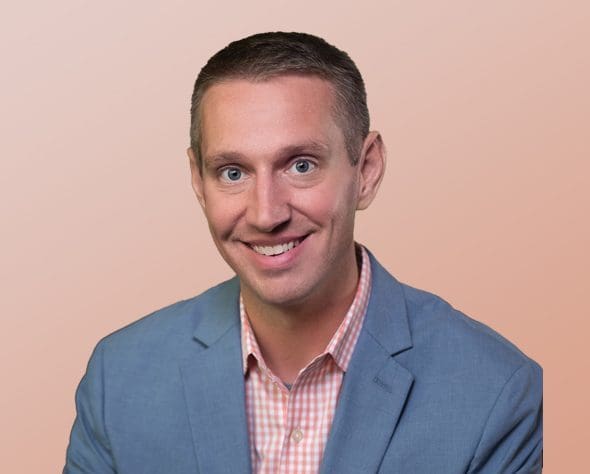
Adam Cmejla CFP®, has been a financial advisor for 13 years. He helps optometrists nationwide make smart and informed decisions with their money in their practice and in their lives. Host of the “20/20 Money” podcast. Named to Investopedia.com’s 100 Top Financial Advisors of 2019 and Investment News’ 40 Under 40 for 2021.
Connect With Adam Cmejla:
![]()
Never Miss an Episode!
Click below to subscribe on your favorite podcasting platform.
P.S. Don’t keep Top Advisor Podcast a secret … share with a friend or colleague!
Click Here to Subscribe Tell a Friend
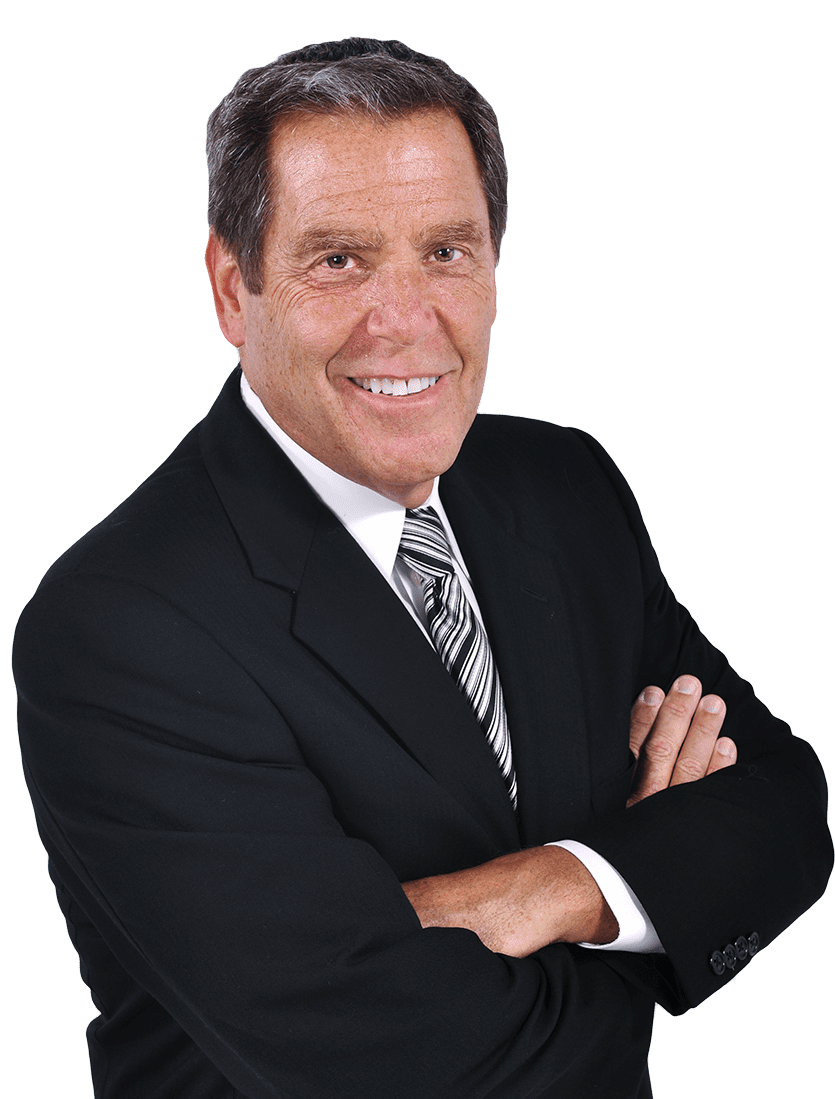
About Your Host
Bill Cates, CSP, CPAE, works with established financial advisors to speed up their growth without increasing their marketing budget. Advisors tap into Bill’s proven process to multiply their best clients through introductions from advocates and Centers of Influence (such as CPAs and attorneys), communicate their value proposition more effectively, and create a reputation in a profitable target market. Bill helps advisors move from push prospecting to magnetic marketing – to attract more Right Fit Clients™.
Bill is the author of four best-selling books, Get More Referrals Now, Don’t Keep Me a Secret, Beyond Referrals, and Radical Relevance. Bill is a highly sought-after international speaker and coach, as well as the founder of The Cates Academy for Relationship Marketing™.
Do you know someone Bill should interview (including yourself)?
Do you have a topic you’d like to see covered?
Contact Bill Cates directly: BillCates@ReferralCoach.com


